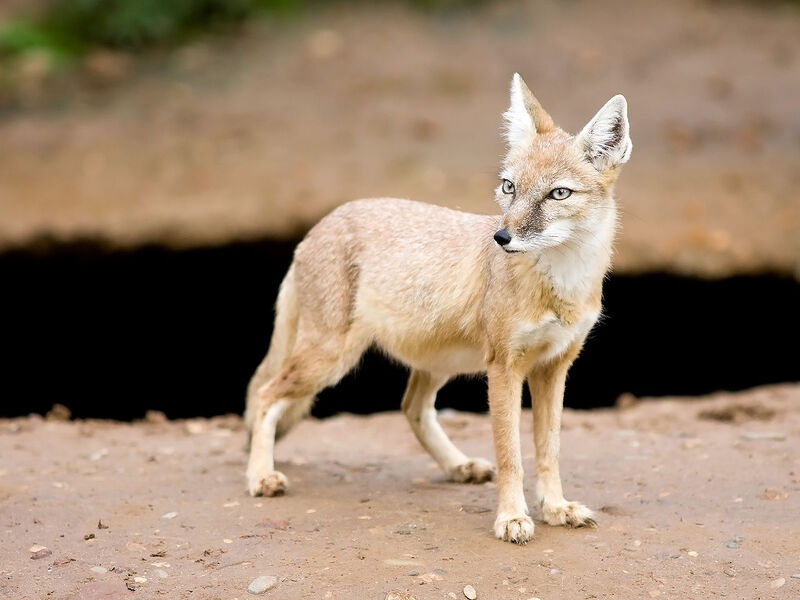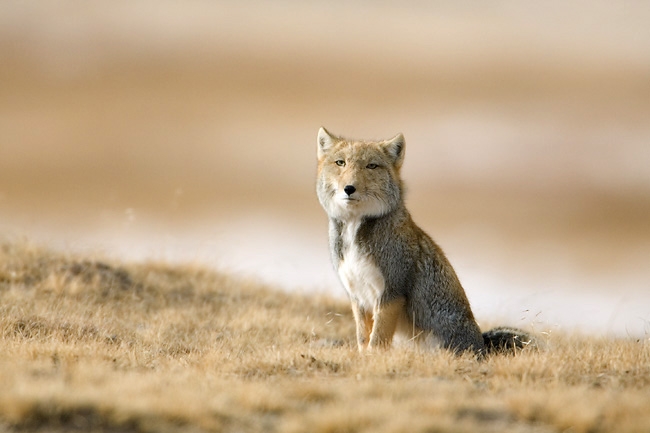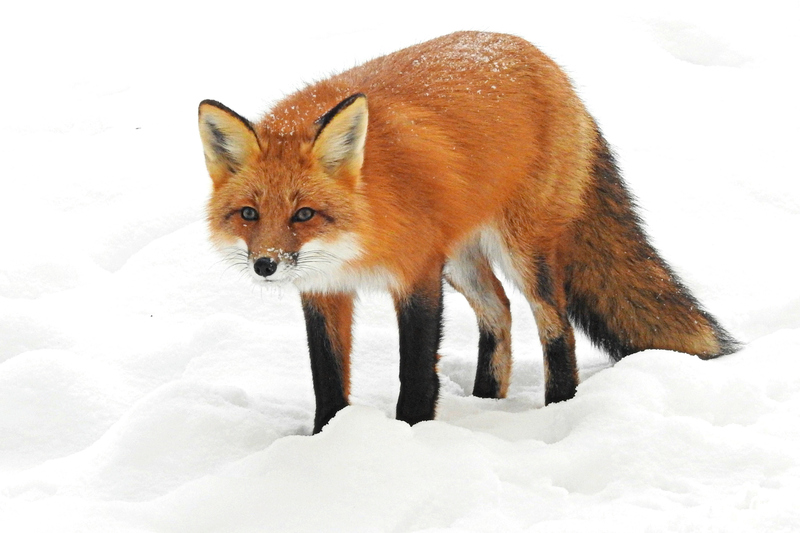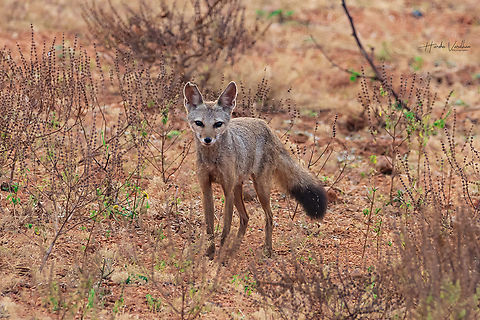Vulpes corsac
IUCN
LCBasic Information
Scientific classification
- name:Vulpes corsac
- Scientific Name:Corsac fox
- Outline:Genus Vulpes
- Family:
Vital signs
- length:
- Weight:
- lifetime:
Feature
Distribution and Habitat
Appearance
Details
Vulpes corsac (Lynx fox, also called steppe fox or corsac fox) is a small canid living in the steppes and semi-desert areas of Central Asia. It belongs to the genus Vulpes. It is known for its ability to adapt to arid, cold climates and complex terrains, and is one of the typical fox representatives in Central Asia.
1. Basic information
| Chinese name | Lynx fox / Steppe fox / Corsac fox |
|---|---|
| Scientific name | Vulpes corsac |
| Taxonomic status | Mammalia - Carnivora - Canidae - Vulpes |
| Body length | 45–65 cm |
| Tail length | 19–35 cm |
| Weight | 1.6–3.2 kg |
| Lifespan | About 6–8 years in the wild, longer in captivity |
| Distribution area | Central Asian steppes, northern China, Mongolia, Kazakhstan, southern Russia, etc. |
2. Appearance characteristics
Medium to small size, slightly smaller than the red fox, with longer legs and relatively large ears, which is conducive to heat dissipation and sensing prey.
Fur color changes with the season:
Summer: The hair is shorter, grayish yellow or light yellowish brown, with some slight black stripes
Winter: The hair becomes longer and thicker, light gray or silver gray, and has good thermal insulation properties.
The tail is fluffy and thick, often with black at the end, which has the function of thermal insulation and visual communication.
3. Habitat
Lynx foxes prefer to live in:
Arid grasslands, semi-deserts, desert grasslands and other open areas;
Avoid dense forests and high mountains;
Often use existing marmot caves in grasslands, and sometimes dig caves by themselves to live.
4. Living habits
1. Diet
Omnivorous, but mainly carnivorous, a typical predator;
Likes to prey on small mammals (such as rodents), birds, insects, lizards;
Sometimes it also eats fruits, berries, plant roots, and even animal carcasses.
2. Behavioral characteristics
Nocturnal: mostly active in the evening and at night;
Good at running and jumping, fast, alert and sensitive;
Usually live alone or in pairs, non-gregarious animals;
There will be a certain range of migration in winter to find food.
3. Reproduction
The estrus period is generally 1-3 months;
The gestation period is about 50-60 days;
Each litter has 2-6 pups, and the pups are fed by the female;
The pups are born with their eyes closed, and they open their eyes in about two weeks. After one month, they can go out to forage with their mothers.
V. Ecology and Protection
Ecological Role: Control the number of rodents and maintain the ecological balance of grasslands;
Natural Enemies: Wolves, birds of prey, humans, etc.;
Protection level:
International: IUCN Red List – Least Concern
China: Listed as a “three-have” protected animal (i.e., terrestrial wild animals with important ecological, scientific, and social values)
VI. Relationship with humans
Once hunted in large numbers for fur;
Occasionally conflicts with humans in agricultural areas, such as poultry theft;
It is also called "steppe fox" or "sand fox" in some areas of northern China.




